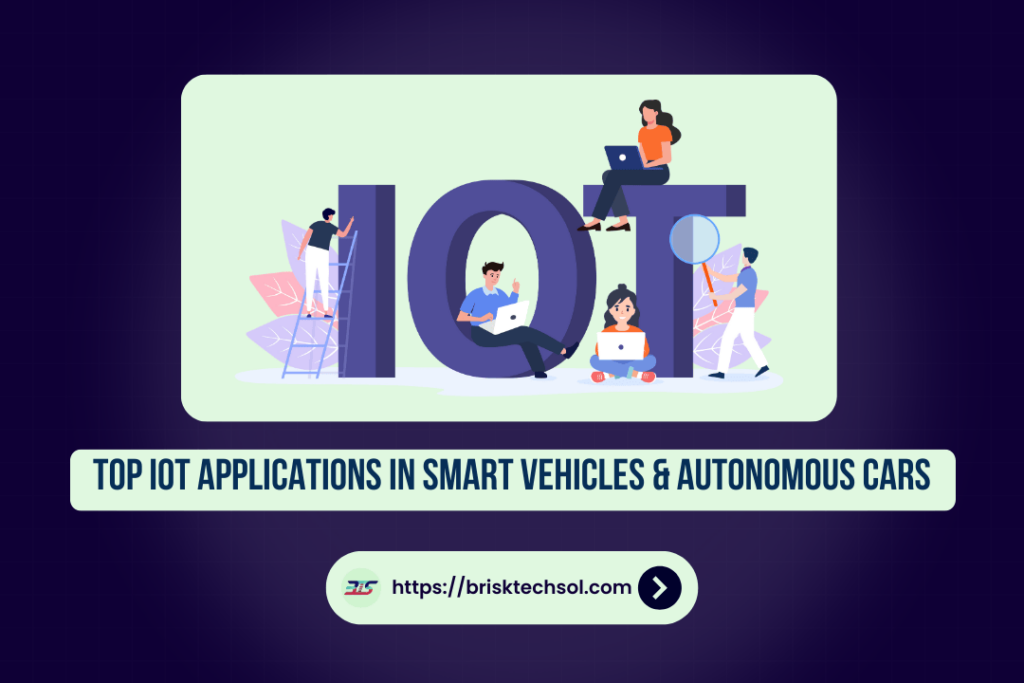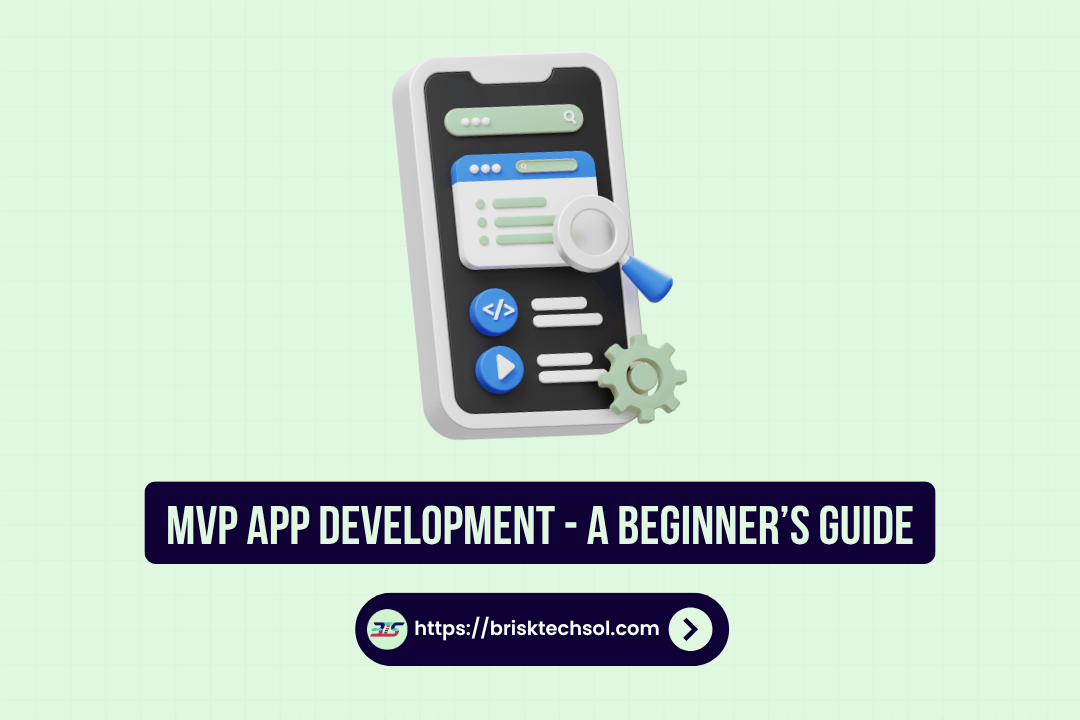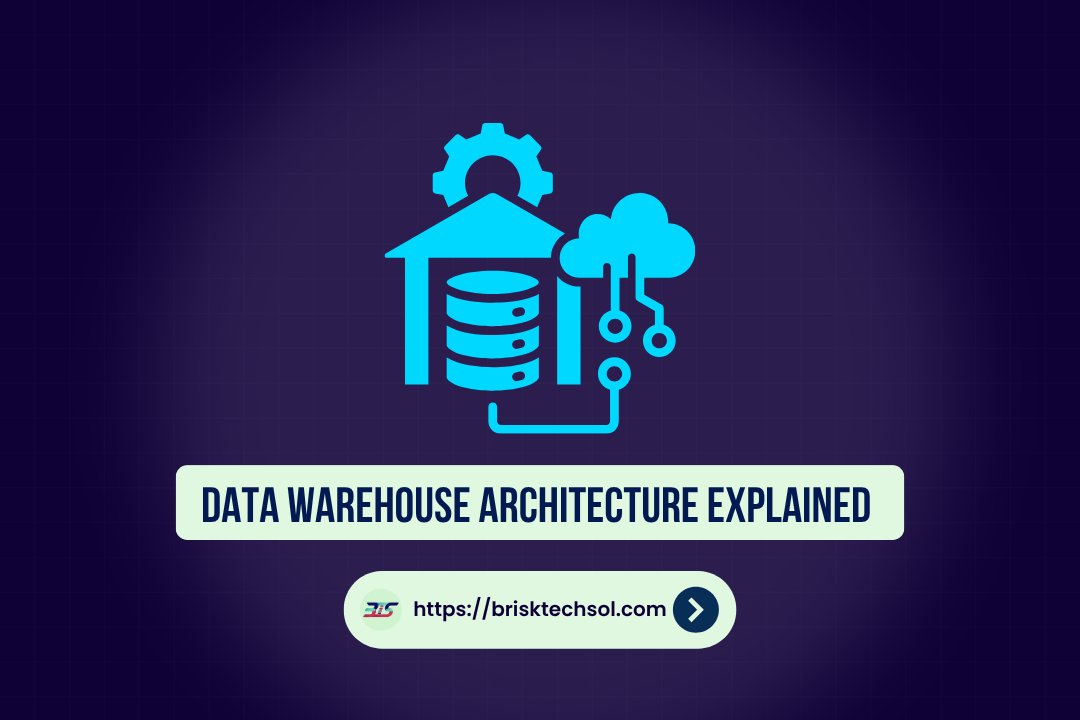The automotive world is undergoing a revolutionary change with the integration of IoT. Smart vehicles and autonomous cars are redefining mobility by enhancing safety, connectivity, and efficiency. In this article, we explore the top IoT applications transforming the automotive industry, providing detailed insights into advanced driver assistance systems, predictive maintenance, infotainment, fleet management, and much more.
The Evolution of IoT in the Automotive Industry
Historical Overview
The journey of IoT in the automotive sector began with the introduction of basic electronic controls and sensor technology. Early innovations like the anti-lock braking system (ABS) and electronic fuel injection paved the way for the next-generation vehicles. Over the decades, the automotive industry has witnessed the integration of GPS navigation systems and basic telematics, setting the stage for today’s connected car technologies.
The Rise of Smart Vehicles
As technology advanced, traditional vehicles evolved into smart vehicles. This transformation is characterized by the incorporation of real-time data exchange, connectivity modules, and sophisticated sensors that continuously monitor various parameters. Manufacturers began leveraging IoT to improve vehicle diagnostics, fuel efficiency, and overall safety.
For instance, adaptive cruise control and automated braking systems have become mainstream, significantly reducing road accidents. The integration of Internet connectivity also paved the way for enhanced in-vehicle infotainment, providing drivers with real-time navigation, multimedia streaming, and voice-activated assistance. This era marked a significant milestone in automotive history, driving the industry towards smarter, more efficient, and safer transportation solutions.
Autonomous Cars: A New Era
Autonomous vehicles represent the pinnacle of automotive innovation. Unlike traditional cars, autonomous vehicles harness a multitude of IoT sensors, cameras, and radar systems to perceive their environment and make split-second decisions. Companies like Tesla, Waymo, and traditional automotive giants have invested heavily in self-driving technology, aiming for a future where human intervention is minimal.
Market projections indicate substantial growth in autonomous car sales over the next decade, with studies showing a potential decrease in human error-related accidents by nearly 40%. This transformative shift not only promises enhanced safety but also redefines mobility by integrating smart technology into every facet of driving.
Top IoT Applications in Smart Vehicles & Autonomous Cars
Advanced Driver Assistance Systems (ADAS)
ADAS has emerged as one of the most impactful IoT applications in modern vehicles. These systems utilize a combination of cameras, radar, and LIDAR sensors to monitor the vehicle’s surroundings in real time. Key functionalities include:
- Adaptive Cruise Control: Automatically adjusts the vehicle’s speed to maintain a safe distance from the car ahead.
- Lane-Keeping Assistance: Helps keep the vehicle centered in its lane, reducing the risk of unintended lane departures.
- Emergency Braking: Detects potential collisions and initiates automatic braking to mitigate impact.
Studies have shown that vehicles equipped with ADAS can reduce accidents by up to 40%, leading to fewer injuries and lower insurance premiums. In addition, these systems continually learn and improve through data analytics, ensuring that safety features are constantly optimized.
Quick Table: Comparison of ADAS Functionalities
| Feature | Functionality | Benefit |
|---|---|---|
| Adaptive Cruise Control | Maintains safe distance at varying speeds | Reduces collision risk |
| Lane-Keeping Assistance | Monitors lane position and adjusts steering | Prevents accidental drift |
| Emergency Braking | Detects obstacles and applies brakes swiftly | Minimizes impact severity |
ADAS remains a cornerstone in the evolution of IoT for automotive safety, integrating advanced sensors and data-driven decision-making to create safer driving environments.
Predictive Maintenance & Diagnostics
Predictive maintenance uses IoT to monitor vehicle health in real time, detecting potential issues before they become critical. Sensors continuously track engine performance, brake conditions, and tire pressure, relaying this data to centralized systems. By analyzing patterns, these systems can predict when maintenance is needed, thus preventing costly repairs and unscheduled downtime.
For fleet managers and individual drivers alike, this technology translates to improved efficiency, reduced maintenance costs often up to 30% and prolonged vehicle life. Manufacturers and service providers use predictive diagnostics not only to enhance reliability but also to offer proactive customer support, ensuring vehicles remain in top condition.
In-Vehicle Infotainment & Connectivity
In-vehicle infotainment systems have undergone a significant transformation with IoT integration. Modern vehicles are equipped with sophisticated multimedia platforms that offer navigation, entertainment, and real-time communication. Connectivity services enable drivers to access streaming services, voice commands, and integrated smartphone applications. These features enhance the overall driving experience by providing personalized content, real-time traffic updates, and seamless connectivity with smart devices.
Fleet Management & Telematics
IoT plays a crucial role in optimizing fleet management. For logistics and transportation companies, telematics systems provide real-time tracking, route optimization, and driver performance analysis. By monitoring vehicle locations, fuel consumption, and engine diagnostics, fleet managers can reduce operational costs and enhance overall efficiency. Data-driven insights allow companies to predict maintenance needs and plan routes that minimize fuel consumption and travel time.
Vehicle-to-Everything (V2X) Communication
V2X communication represents the next frontier in automotive IoT. This technology enables vehicles to interact with each other (V2V), with road infrastructure (V2I), and even with pedestrians (V2P). By sharing real-time data on traffic conditions, road hazards, and weather updates, V2X significantly enhances road safety and traffic efficiency. For instance, if a vehicle detects an obstacle on the road, it can immediately communicate this information to nearby vehicles, allowing them to take precautionary measures.
Key Terminologies Explained
Understanding the technical language behind IoT in automotive technology is essential. Key terms include:
- IoT (Internet of Things): The network of interconnected devices that communicate and exchange data.
- M2M (Machine-to-Machine): Communication between devices without human intervention.
- V2V (Vehicle-to-Vehicle): Direct communication between vehicles to share critical driving information.
- V2I (Vehicle-to-Infrastructure): Interaction between vehicles and road infrastructure, such as traffic signals and road sensors.
These terminologies form the backbone of modern automotive innovations, driving efficiencies and enabling real-time decision-making on the road.
IoT-Enabled Automotive Solutions
The future of automotive IoT is assured for exponential growth, driven by breakthroughs in several areas:
- Artificial Intelligence (AI): AI algorithms process vast amounts of sensor data, enabling vehicles to learn and adapt in real time. This not only improves autonomous driving capabilities but also enhances predictive maintenance and route optimization.
- 5G Connectivity: The advent of 5G networks provides faster and more reliable data transmission, which is critical for real-time communication between vehicles and infrastructure. With lower latency and higher bandwidth, 5G is set to revolutionize in-car connectivity.
- Cloud Computing & Big Data: These technologies enable the aggregation and analysis of data from millions of connected vehicles. This data drives innovations in vehicle safety, user experience, and operational efficiency.
Market forecasts indicate that the global connected car market could exceed $200 billion by 2028, with AI and 5G technologies playing pivotal roles. Automotive manufacturers are increasingly collaborating with tech startups and telecom providers to harness these emerging technologies.
Conclusion
In conclusion, IoT is transforming the way we drive and experience our vehicles. It’s not just about technology – it’s about creating safer roads, more efficient journeys, and a future where every drive feels connected and personal. With innovations like ADAS and predictive maintenance, our everyday trips become smarter and more enjoyable, opening the door to a truly transformative future.
FAQ’S
What are the primary IoT applications in smart vehicles and autonomous cars?
IoT applications in this sector include advanced driver assistance systems (ADAS), predictive maintenance, in-vehicle infotainment, fleet management, and vehicle-to-everything (V2X) communication. These technologies collectively enhance safety, efficiency, and connectivity.
How does IoT improve vehicle safety?
IoT enhances vehicle safety by integrating sensors and data analytics in ADAS, enabling features such as adaptive cruise control, emergency braking, and real-time hazard detection, which significantly reduce accident risks.
What is predictive maintenance and why is it important?
Predictive maintenance uses real-time sensor data to monitor vehicle health and detect potential issues before they become severe. This technology helps in reducing repair costs, minimizing downtime, and extending the vehicle’s lifespan.
How does V2X communication benefit autonomous driving?
V2X communication allows vehicles to share critical information with each other and with road infrastructure. This real-time data exchange improves traffic management, reduces collisions, and supports the safe operation of autonomous vehicles.









